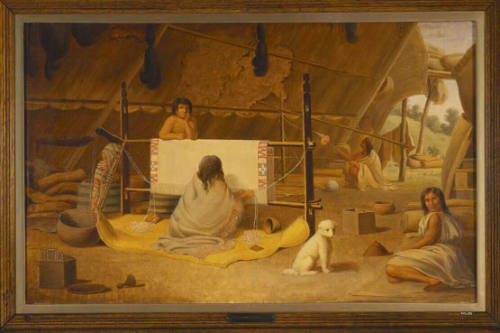Nettles and Alpaca

Last weekend started with a conference on First Nations Traditional Foods. Talks on Friday, then feasting and playing the bones game Friday night. Spotted at the display was a dried plant with long stems, dried and looking like hay. This was dried nettle. Wound onto a short stick, was line, somewhat like fishing line. Saturday was a traditional food fair at the Snuneymuxw Long House. Abe, who was studying First Nations root gardens, was cooking up a meal. Potatoes done in a cedar box of water, heated by placing red hot stomes into the water. The fire was removed from the pit to make way for ferns and salal which was quickly laid in the pit, vegetables added, more ferns and salal, a bucket of water, burlap and covered with a foot of dirt. Abe removed the cooked potatoes with a handmade ladle, made of wood, twine made of young willow bark and nettle.
Someone else had told me earlier that the Saanich First Nations used willow for their reef fish nets. Judith MacKenzie McCuin (who taught me how to spin years ago) writes about indigenous use of nettles in the introduction of her new book The Intentional Spinner .
lipobibliophobia - the fear of being somewhere without a book.
Sunday, a bike trip along the old Cowichan Valley railway.

But first a stop at Pacific Sun Alpacas (by lucky co-incidence, just about on the trail) to buy some fleece. A very friendly and enthusistic owner who, of course, is a spinner, shows me how to sort a fleece. I buy a sample--the neck fleece of Lumina, a cream-coloured alpaca-- to take home and try. I'll bring it back and she will help me card it into rovings with her new carding machine. Lipofibrephobia. I buy a couple of bags of rovings to keep me spinning.
















